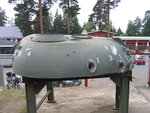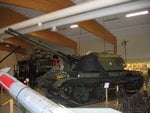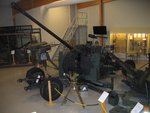The anti-aircraft artillery in calibers ranging from 45mm to 57mm was a rare thing during the ww2. Soviets were using the 45mm AAA in penny packets (mostly/exclusively on their ships), Germans have experimented with 5cm, British with 57mm.
MY questions being whether such weapons would've provided the combatants with better AA means, or those should be regarded as 'neither fish nor fowl', too heavy to replace the 37-40mm guns, and too weak to replace the heavier stuff?
MY questions being whether such weapons would've provided the combatants with better AA means, or those should be regarded as 'neither fish nor fowl', too heavy to replace the 37-40mm guns, and too weak to replace the heavier stuff?



